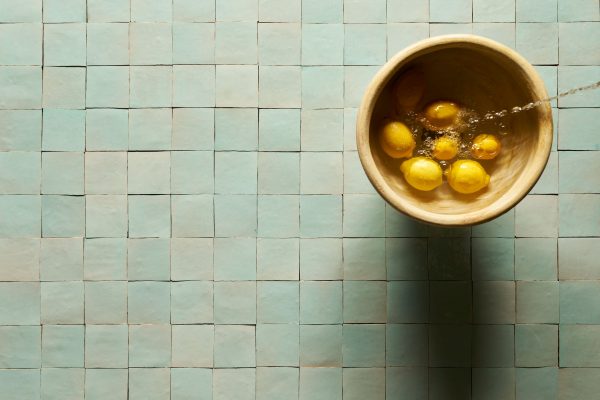
The word zellige means ‘polished stone’ in Arabic. It refers to a type of traditional tile and mosaic technique characteristic of Morocco and the rest of North Africa. Although the word may seem foreign to us in the western world, it is not necessary to go very far to find out what zellige tiles are. As anyone who’s ever approached Andalusian art knows, we find Zellige’s heritage in abundance in all Hispanic architecture, but especially in Andalucia. Its recognisable patterns have permeated all layers of Andalusian artisanship up to the present day, and we find traces of the Zellige tradition in historic monuments, public buildings and house plinths. Let’s take a closer look at the history and technique of this mosaic, which is so representative of Almoravid art. It doesn’t seem to go out of style, and, honestly, we can’t blame it.
A first approach to Maghrebi mosaics: what are Zellige tiles?
Zellige is the origin of our Andalusian tile tradition. So much so that the original Arabic zillīj (زليج) gives us the Spanish word azulejo [aθuˈlexo], which means tile. The earliest examples of Zellige tiles as such are found in the Maghreb around the 10th century. Some sources place the origin in Tunisia, and others in Morocco around the 12th century, although probably, as happens with all artistic movements, in its history we find a continuous flow that does not allow for any interruption.
Zellige is a technique that combines two very characteristic elements of Maghrebi and Arabic art: color and geometry. As the Islamic religion is aniconic, meaning does not encourage iconoclastic representation (although it didn’t altogether forbid it, as it is often believed), architectural decoration, especially in places of worship, relies mainly on geometric games. This generic rule gives as a result to some of the most spectacular and iconic examples of our monumental heritage. One only has to look at the walls of the Mosque of Cordoba, the Giralda in Seville or the Alhambra in Granada to find clear examples of how geometry and color are more than enough to create spaces that are iconic all over the world.
‘Cutting the polished stone’: one of the most sophisticated uses of terracotta
Zellige tiles are made from a slab of terracotta that is polished, pencil-marked, and cut by hand, piece by piece. As it is a technique that traditionally uses natural dyes, the potterers from the Middle Ages used only white and brown shades. As new dyes were discovered, they were incorporated into the color of the pieces, enriching the complexity of the patterns.
With the addition of green, blue, and later red and yellow shades, the palette we are familiar with today was completed. Almost any color could nowadays be produced artificially, but part of the character of the Zellige lies in its handmade production. This is why, even in regions where synthetic dyes are used, the color range that would be achieved with pigments of natural origin is respected. Today, we see a growing trend towards the monochromatic use of this technique. But let’s take a closer look on this next section:
Exalting the beauty of imperfection
Since its appearance in the Almoravid period (early XI to early XII Century in Al-Andalus), the Zellige has never left the walls of the Maghreb and the south of the Iberian Peninsula. However, over the last few centuries, it has spread around the world, becoming an architectural trend that symbolizes the sophistication, exclusivity and craftsmanship of the Arabic world.
Designers can’t stop asking themselves what the possibilities of Zellige tiles are. The answer is that those possibilities are actually quite endless, as Zellige tiles can be used to cover practically any surface (including swimming pools, ceilings, countertops…). In addition to being beautiful, it maintains all the qualities that we like most about terracotta. It helps to conserve ideal room temperature, manage humidity, reduce environmental impact… not to mention how pleasant its glazed texture is to the touch.
According to specialized media, architectural and design studios are leaning towards a monochromatic use of Zellige. The very way in which the format is manufactured produces an end result that is both luxurious and beautifully imperfect.
At todobarro we have seen time and time again how Zellige tiles can bring life to a room like no other material can. Whatever we owe to the Maghreb tile tradition, which is a lot, we make up for by never stop learning and by incorporating into our savoir faire all the traditional knowledge that, fortunately for us, never seems to end.
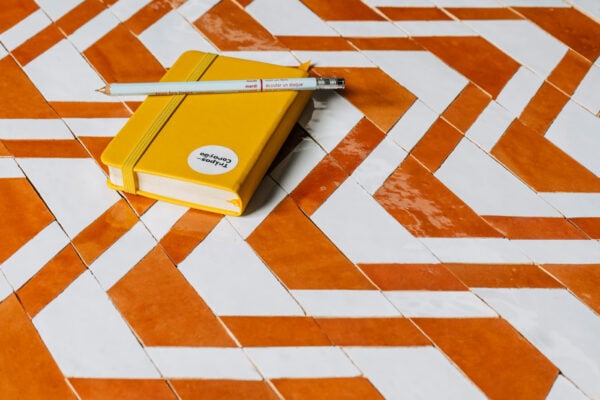
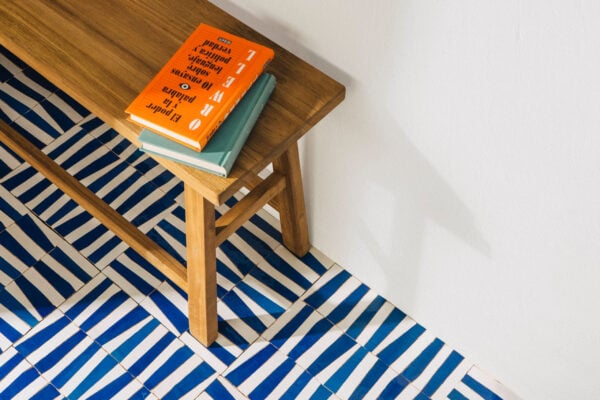
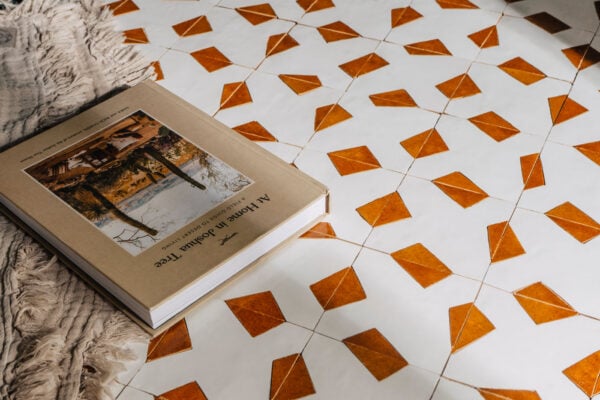
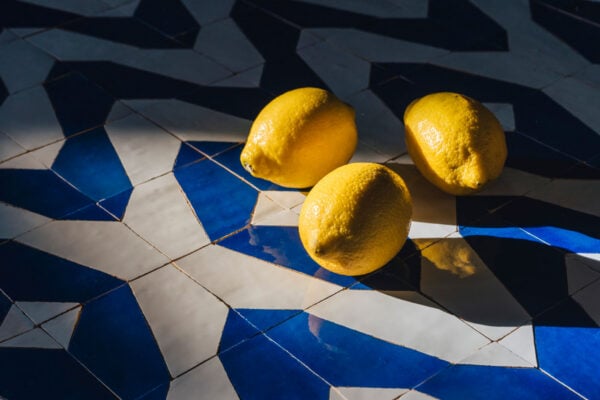

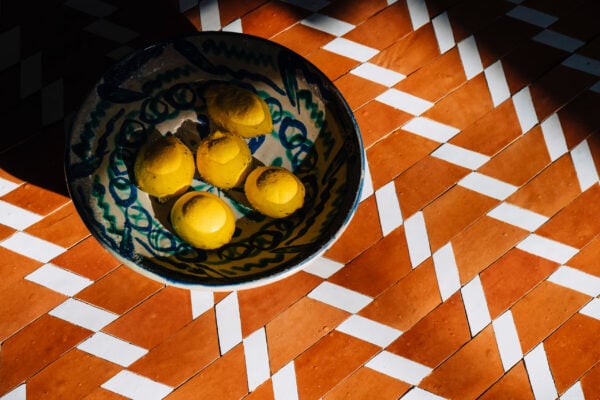
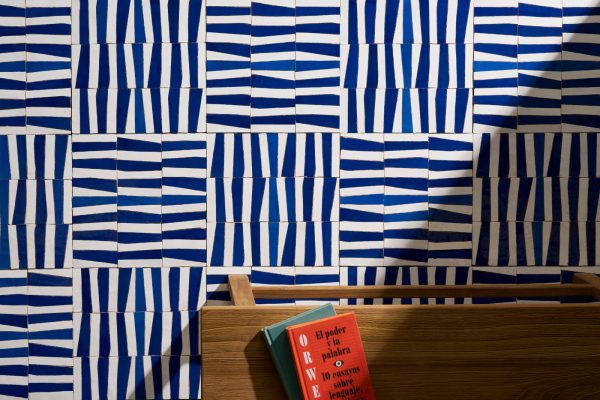
Top stories

What is the Nature Restoration Law?
The Nature Restoration Law is a European regulation approved in 2024, aiming to ensure the necessary actions and initiatives to repair damaged ecosystems and…
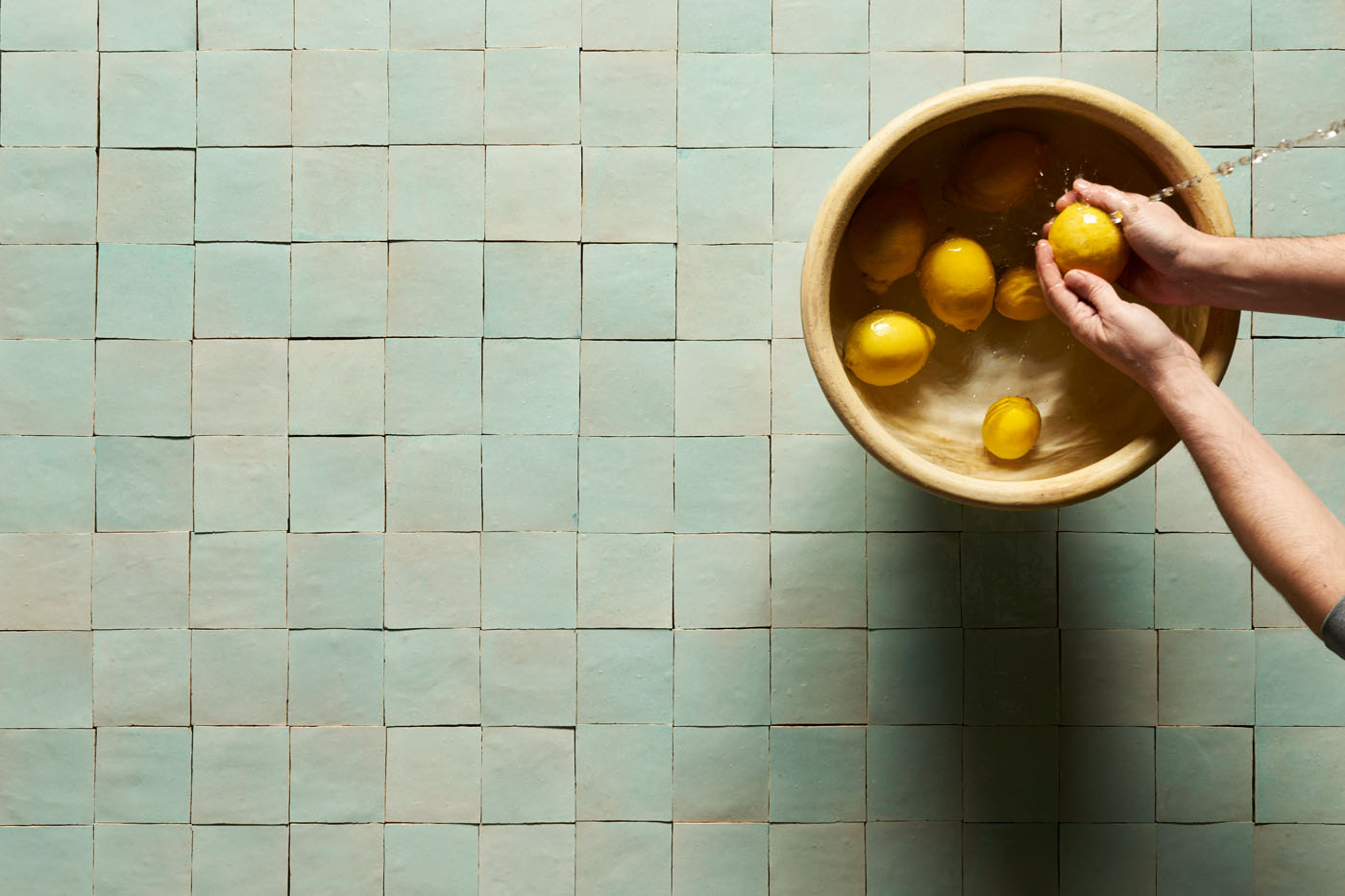
Acequias or irrigation ditches: an ancient knowledge making its comeback
“Acequias” (ditches) are one of the oldest existing systems of channeling and use of water. In the Iberian Peninsula we know them well: the…
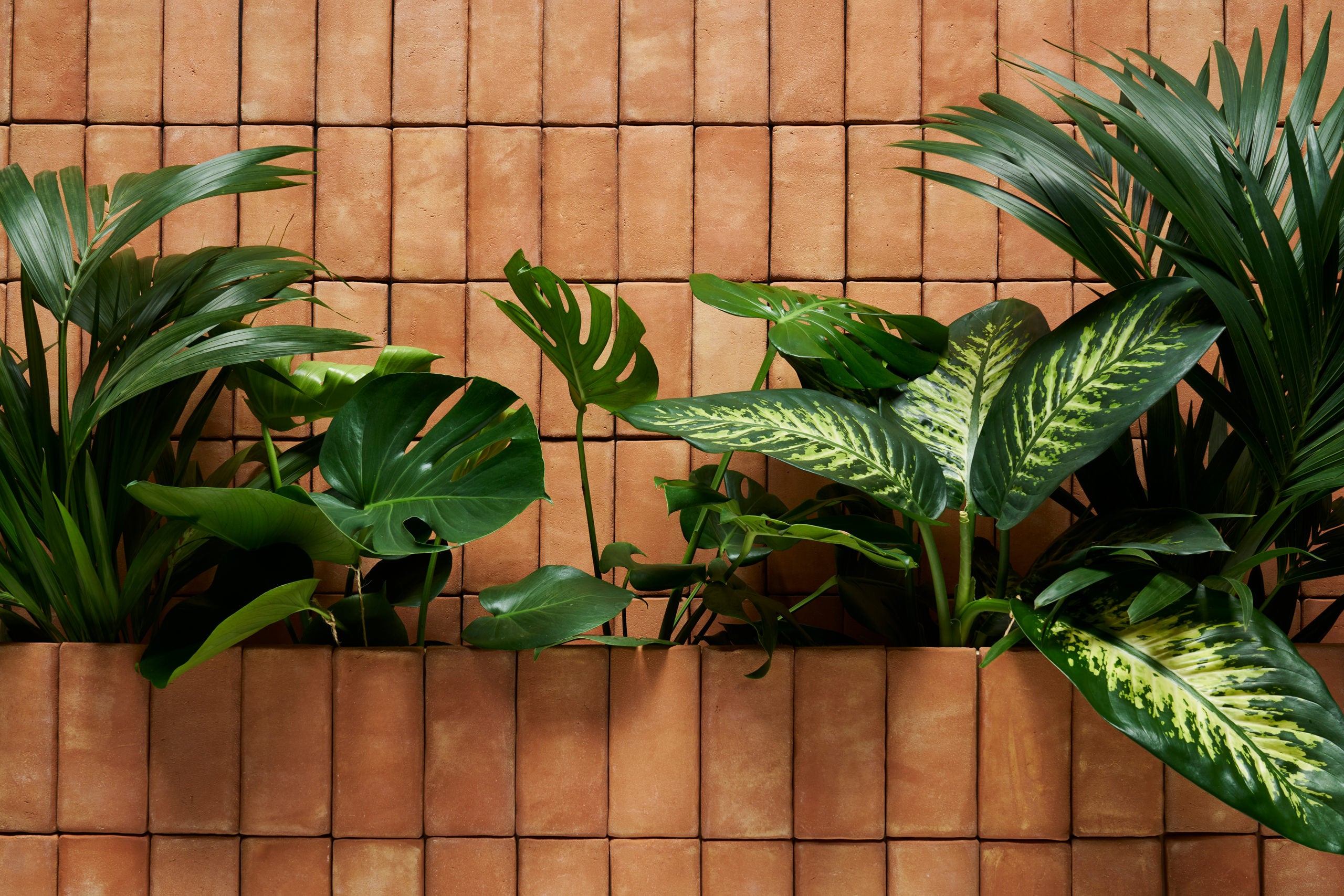
What is a compensatory measure?
By definition, a compensatory measure is an action aimed to restore or repair de negative environmental impact of any give activity -usually of a…
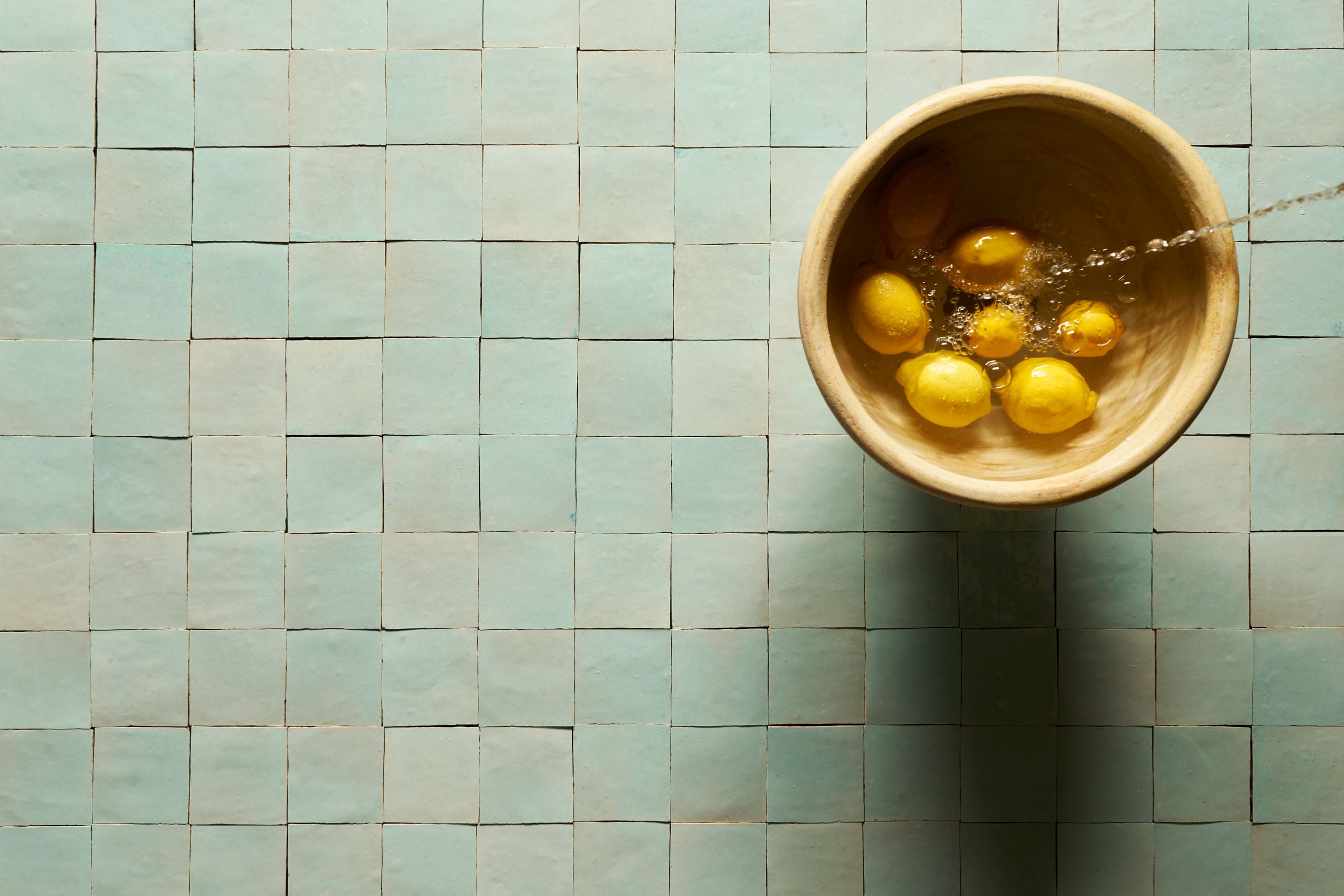
What are Zellige tiles?
The word zellige means ‘polished stone’ in Arabic. It refers to a type of traditional tile and mosaic technique characteristic of Morocco and the…




